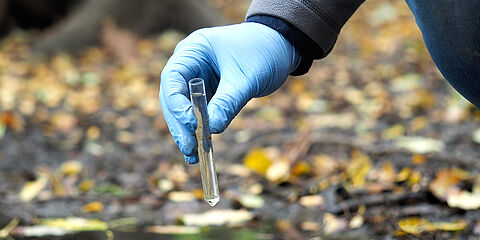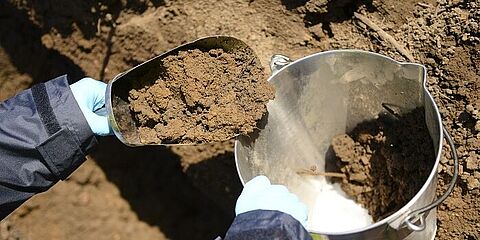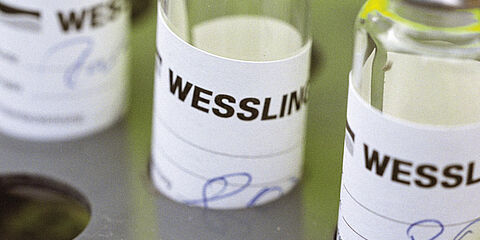Ensuring the quality of water from wells
Clean, tasty and unpolluted water we expected to find when we encounter a well ready to quench a traveler's thirst. Drilled wells and wells are often the main source of water in many households. The water from the well, in order to be used as drinking water, must correspond qualitatively to the legislation in force, respectively to comply with the maximum allowed values provided in the Drinking Water Law.
Sources of water contamination
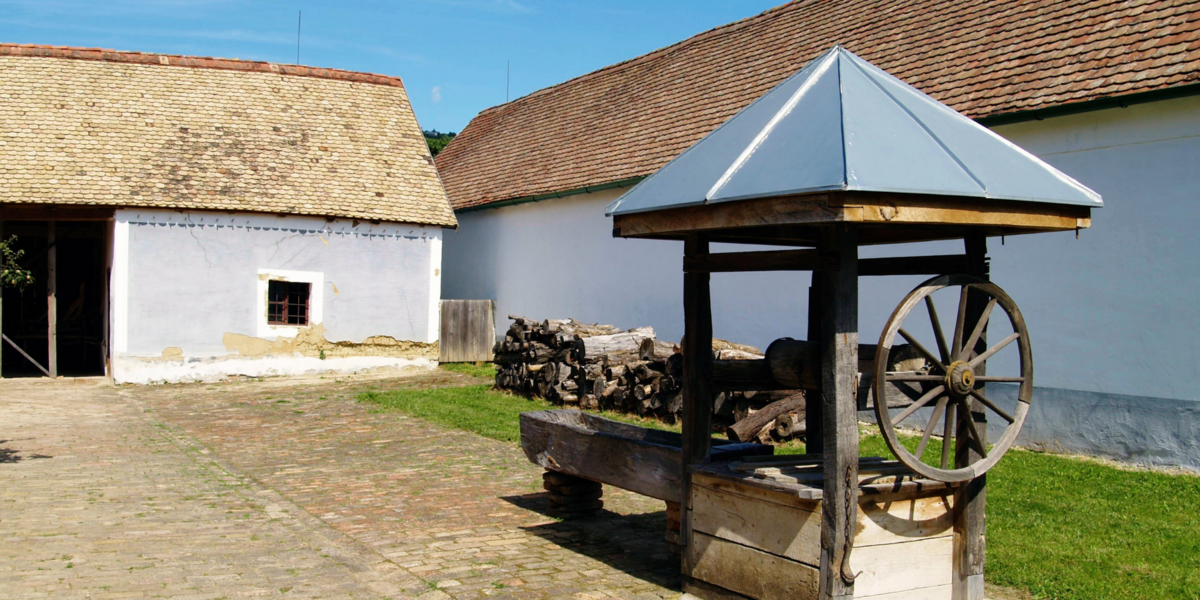
The quality of water in wells is influenced by soil structure and various sources of pollution. Excessive use of fertilizer for fertilization and rain-washed agricultural soils (especially in winter), or the presence of strong storms, can be an important source of nitrate contamination for surface waters. The natural concentration of nitrates in groundwater is normally less than 10mg / l. The discharge of wastewater on the ground is another common cause of contamination of the groundwater and wells.
Even the natural structure of the soil can determine the inability of water. Sometime, the analyzes showed increases in the concentration of ammonia in the soil above the permissible limit of 0.5 mg / liter, without the presence of a source of organic pollution.
Recommendations for ensuring water quality in wells
A few rules can ensure healthy water in the household that uses well water as drinking water:
- Protect the well from any source of pollution. It must be located at a minimum distance of 10 m from: latrine, stable, huts, landfill, individual manure collection platforms, etc.;
- Arrange a 2m protection zone to prevent infiltrations. The area must be cemented or paved and arranged on a slope;
- Build well walls made of durable and waterproof materials to prevent any external contamination of water. The walls of the well must be provided with guides. The guides must have a height of 70-100 cm above the ground and 60 cm below its level;
- Cover the well with a lid to protect it from rainfall;
- Disinfect the well with authorized disinfectants.
When it is recommended to test the water from wells and drilled wells
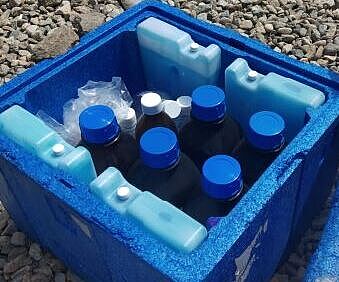
Monitoring the quality of water in family wells is necessary to ensure the health of the inhabitants served. Ioan POP, the manager of the environmental protection division of WESSLING Romania, recommends a set of analyzes after drilling, before the well is put into use for the first time, to confirm the potability of the water. Testing of water from own sources (wells or boreholes), or sources for public use (wells and springs) should be performed at least once a year to verify compliance with physicochemical and microbiological parameters, in an accredited laboratory and in accordance with the law. in force.
What you should test to determine the quality of water in wells
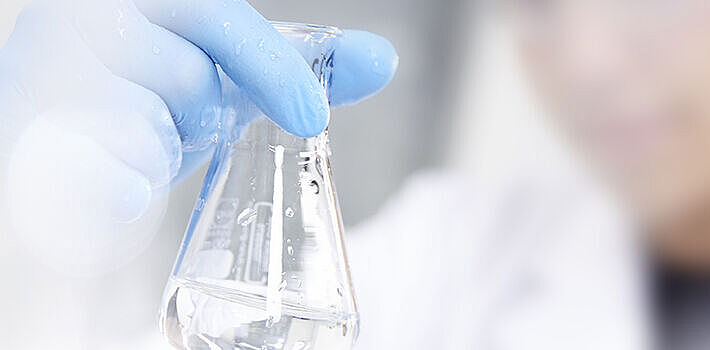
We recommend testing by specific laboratory tests with accredited methods and not by certain test kits whose uncertainty is very high. The influence of the geological characteristics of the area is determined in the laboratory and it is ascertained whether it falls within the limits provided by law.
Thus, a financial investment in a package of analyzes to determine the quality of water to be used in the household becomes insignificant compared to the damage to health through its untested use.
In WESSLING Romania laboratories you can determine the basic parameters for determining the quality of drinking water, as well as other required parameters.
1. Physico-chemical parameters 2. Microbiological parameters
• pH • Escherichia coli (E. coli)
• Electrical conductivity • Enterococci
• Turbidity • Number of colonies at 22°C and 37°C
• Total hardness • Coliform bacteria
• Permanganate index (oxidizability)
• Nitrates and Nitrites
• Ammonium
Contact
- Bakó Mihály
- +4 0752 062 396
- mihaly.bako@wessling.ro

